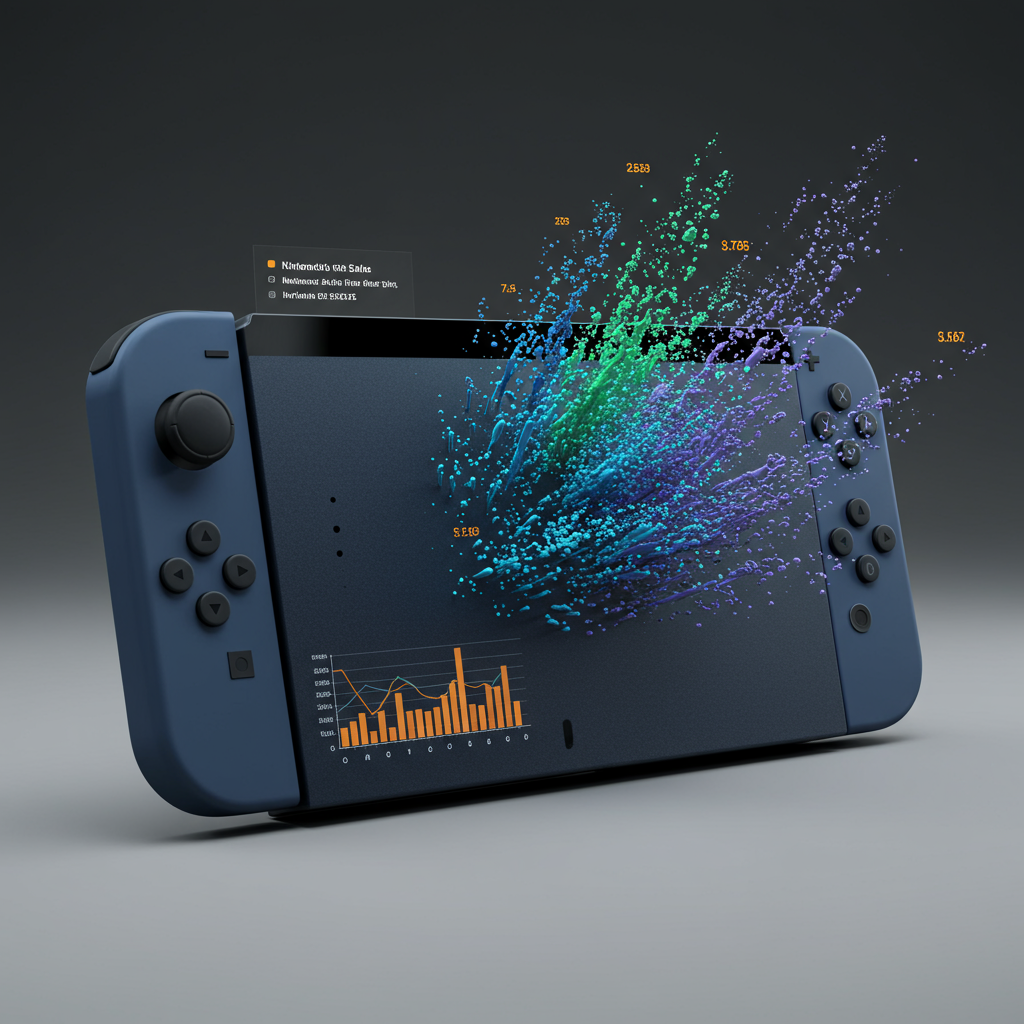apple is reportedly preparing a significant shift in its laptop strategy. According to credible industry whispers, a more affordable macbook model is on the horizon. This potential new machine aims to lower the barrier to entry for the macOS ecosystem. It promises to bring the Apple computing experience to a wider audience than ever before. Analysts suggest this isn’t just a new model; it’s a strategic play to dramatically increase Apple’s laptop sales volume in the coming years. This could reshape competition in the budget-friendly laptop market.
The Rumor: A Cheaper MacBook is Coming
Serial leaker and analyst Ming-Chi Kuo of TF International is the primary source behind this intriguing rumor. Kuo has a strong track record with Apple predictions. He forecasts Apple plans to launch a new, lower-cost 13-inch MacBook. This model is expected to debut sometime in late 2025 or early 2026. The most surprising detail might be its proposed engine. Unlike current MacBooks powered by Apple’s M-series silicon, this budget laptop could feature the A18 Pro chip. This is the same processor anticipated for the upcoming iPhone 16 Pro models.
The existence of a truly cheaper Mac would mark a notable change. Apple’s current entry-level M4 MacBook Air starts around $999 (or slightly lower with discounts). The rumored budget MacBook is expected to be priced notably below that threshold. While exact pricing remains undisclosed, estimates suggest a price point $200-$300 less than the current cheapest Air might be necessary to make a real impact. This would place it well within reach of budget-conscious consumers and students.
Why Apple Wants a Budget MacBook
Apple’s motivation appears clear: boost overall MacBook shipments. The company aims to recapture its peak sales volume from the COVID era. That period saw annual shipments reach around 25 million units. Recent estimates place 2025 shipments closer to 20 million units. Introducing a significantly cheaper option could provide the necessary surge. Kuo projects this new budget model could contribute a substantial 5 million to 7 million units to Apple’s 2026 shipment target. This strategic move is designed to expand Apple’s footprint in the laptop market. It targets customers who might otherwise opt for a Windows machine due to cost.
Attracting budget-conscious users means tapping into a vast, underserved market segment. This segment is currently dominated by lower-priced Windows laptops. By offering a more accessible entry point to macOS, Apple hopes to convert users. They could potentially become lifelong customers within the Apple ecosystem.
The Engine: iPhone’s A18 Pro Chip Inside a Mac?
Using the A18 Pro chip in a MacBook would be unprecedented. Apple’s M-series chips, like the M3 or M4 found in current MacBooks and high-end iPads, were developed based on the foundation of earlier A-series chips. Bringing the A-series chip back into a laptop feels like a full circle moment for Apple silicon. The A18 Pro chip is described as a capable mobile processor. It includes a 16-core Neural Engine optimized for AI tasks. It also features high-performance CPU and GPU architecture.
Performance is a key question. How will the A18 Pro perform in a laptop context compared to the M-series chips? Even high-end iPads now use M-series processors for performance reasons. For basic daily computing tasks like email, web browsing, and document editing, the A18 Pro is expected to perform adequately. Single-core performance is often crucial for these common activities. The A18 Pro is anticipated to handle them without significant issues. Battery life is another area where A-series chips excel in iPhones. This suggests the budget MacBook could potentially offer exceptional longevity on a single charge. Apple would need to heavily optimize macOS and its native applications specifically for the A18 Pro architecture. This ensures a smooth user experience, despite the hardware difference.
Potential Compromises for a Lower Price
Creating a genuinely cheaper MacBook necessitates compromises. The current M4 MacBook Air offers a bright screen, long battery life, excellent trackpad, and premium build quality. A budget model priced hundreds of dollars lower might need to sacrifice some of these features. Possible areas for cost reduction could include:
Display Quality: While expected to retain the 13-inch size, the screen might lack the brightness, color gamut, or anti-glare coatings of the Air or Pro models. It would almost certainly stick to a standard 60Hz refresh rate, foregoing the ProMotion (120Hz) found on MacBook Pros.
Ports: The current Air has limited ports (two Thunderbolt 4/USB4 and MagSafe). A budget model could potentially reduce this further or use slightly older port standards to save costs.
Webcam: The webcam resolution or features might be lower quality compared to the 12MP cameras with Center Stage features found on newer models.
Build Materials: While still likely aluminum, the finish or overall robustness could differ slightly to streamline manufacturing.
Storage Performance: Base storage options might be slower or smaller than current models.
RAM Configuration: The base amount of unified memory could be lower than what is now standard on M4 Macs (currently 16GB on the base 13-inch M4 Air). Upgrading RAM on MacBooks is impossible post-purchase. This makes the base configuration crucial for future usability.
These potential compromises highlight the challenge Apple faces. They must balance affordability with maintaining the user experience expected from a Mac.
Timeline and Production Goals
The rumored timeline for this budget MacBook is late 2025 or early 2026 for mass production kickoff. This points towards a likely product announcement and release sometime in the first half of 2026. Apple’s ambitious sales target of 5 to 7 million units for 2026 signifies serious intent. It suggests a commitment to large-scale manufacturing from the outset.
Securing manufacturing capacity early is crucial for such high volume targets. Apple is reportedly locking in suppliers now. This provides partners with visibility into Apple’s future roadmap. It also assures Apple they can meet demand.
Supply Chain and Related Ventures
One key supplier expected to benefit significantly is Everwin Precision. This company already supplies casings for the MacBook Pro line. It is expected to start supplying casings for the MacBook Air line in 2026. The upcoming budget MacBook and another anticipated Apple product, smart glasses, are also highlighted as relying on Everwin Precision for their casings and frames.
This expanding relationship positions Everwin Precision for substantial financial growth. Ming-Chi Kuo forecasts Everwin’s revenue could climb by 15% to 20% in 2026. Profits might increase by an even more significant 30% to 40%. This underscores the potential economic impact of Apple’s new hardware plans, extending beyond just the end consumer product.
The article summaries also briefly mention Apple’s progression with smart glasses projects. These are distinct from the Vision Pro headset. These glasses are slated for shipment in 2027. They are described as “sans display” but featuring audio playback, a camera, video recording, and AI-driven environmental sensing. Apple expects to ship 3 million to 5 million units of these glasses in 2027. This venture represents Apple’s push into a new hardware frontier. Like the budget MacBook, they utilize Everwin for components.
Market Positioning and Competition
Introducing a MacBook priced potentially around $700-$800 would position Apple directly against a wide range of Windows laptops. These Windows alternatives are often powered by reasonable AMD or Intel processors. Some Windows laptops in this price range might even offer higher raw performance on paper for specific tasks. However, Apple’s strength lies in the integration of hardware and software. macOS is highly optimized for Apple silicon. This often results in better real-world performance, efficiency, and user experience for typical tasks compared to Windows on less expensive hardware.
The rumored budget MacBook challenges the notion that Apple laptops are exclusively premium-priced. It suggests Apple is willing to compete more aggressively at lower price points. This move could also intensify competition among Windows manufacturers. They may need to further improve user experience and functionality on their more affordable devices to compete with a truly budget-friendly Mac.
Ultimately, the success of this venture depends on Apple’s execution. Can they deliver a macOS experience that feels genuinely Mac-like, even with potential hardware compromises? Will the performance of the A18 Pro chip hold up for essential laptop tasks? The specific details, final price, and real-world performance will only become clear upon official announcement and release. Market attention will focus on pricing and early pre-order demand next year to gauge its potential impact.
Frequently Asked Questions
What is the rumored Apple budget MacBook?
The rumored Apple budget MacBook is a proposed new laptop model. It is expected to be significantly cheaper than current MacBook Air models. Reports suggest it will feature a 13-inch display and be powered by the A18 Pro chip. This is the same processor planned for the iPhone 16 Pro lineup. The goal is to create a more accessible entry point into the macOS ecosystem for price-sensitive buyers.
When is the budget MacBook expected to be released?
According to analyst Ming-Chi Kuo, mass production for the rumored budget MacBook is anticipated to begin in late Q4 2025 or early Q1 2026. This timeline suggests a likely product announcement and market release sometime in the first half of 2026.
Why would Apple use an iPhone chip (A18 Pro) instead of an M-series chip in a MacBook?
Using the A18 Pro chip from the iPhone 16 Pro is reportedly a strategy to lower manufacturing costs. This helps achieve the target lower price point for the budget MacBook. While M-series chips are optimized for higher performance computing tasks in laptops and desktops, the A18 Pro is a powerful mobile chip. Apple would need to optimize macOS heavily for this architecture. The expectation is that the A18 Pro will still provide sufficient performance for common daily tasks and potentially offer excellent battery life, leveraging its mobile chip efficiency.
—
This rumored Apple budget MacBook has the potential to shake up the laptop market. By making macOS more accessible, Apple could significantly increase its market share. The use of the A18 Pro chip presents technical challenges and opportunities. Potential compromises in features might be necessary to meet the lower price point. All eyes will be on Apple in 2025 and 2026 for official confirmation and details.




